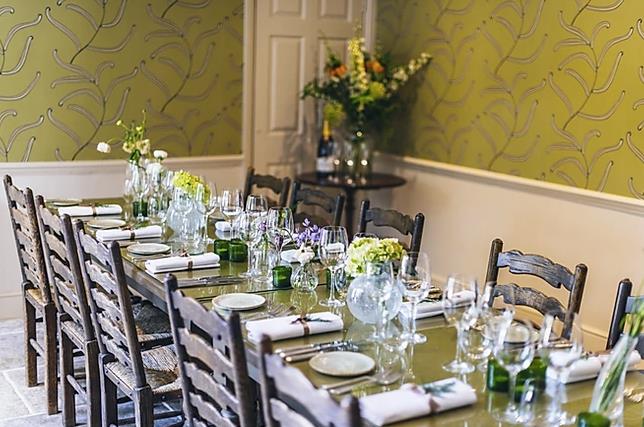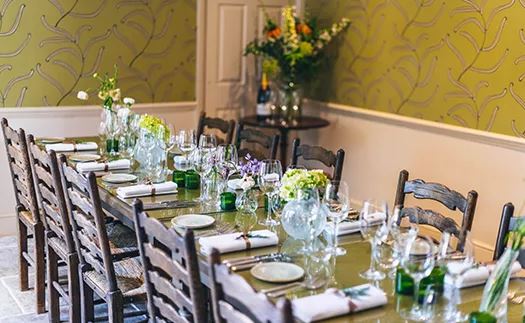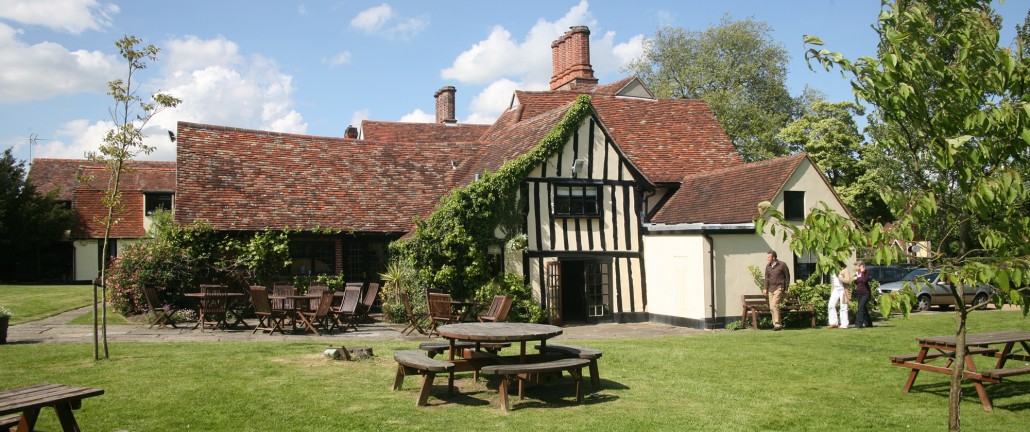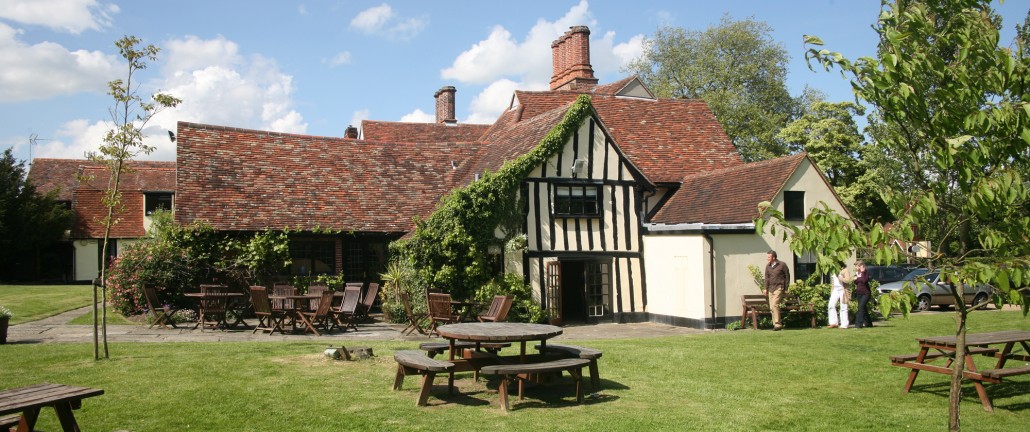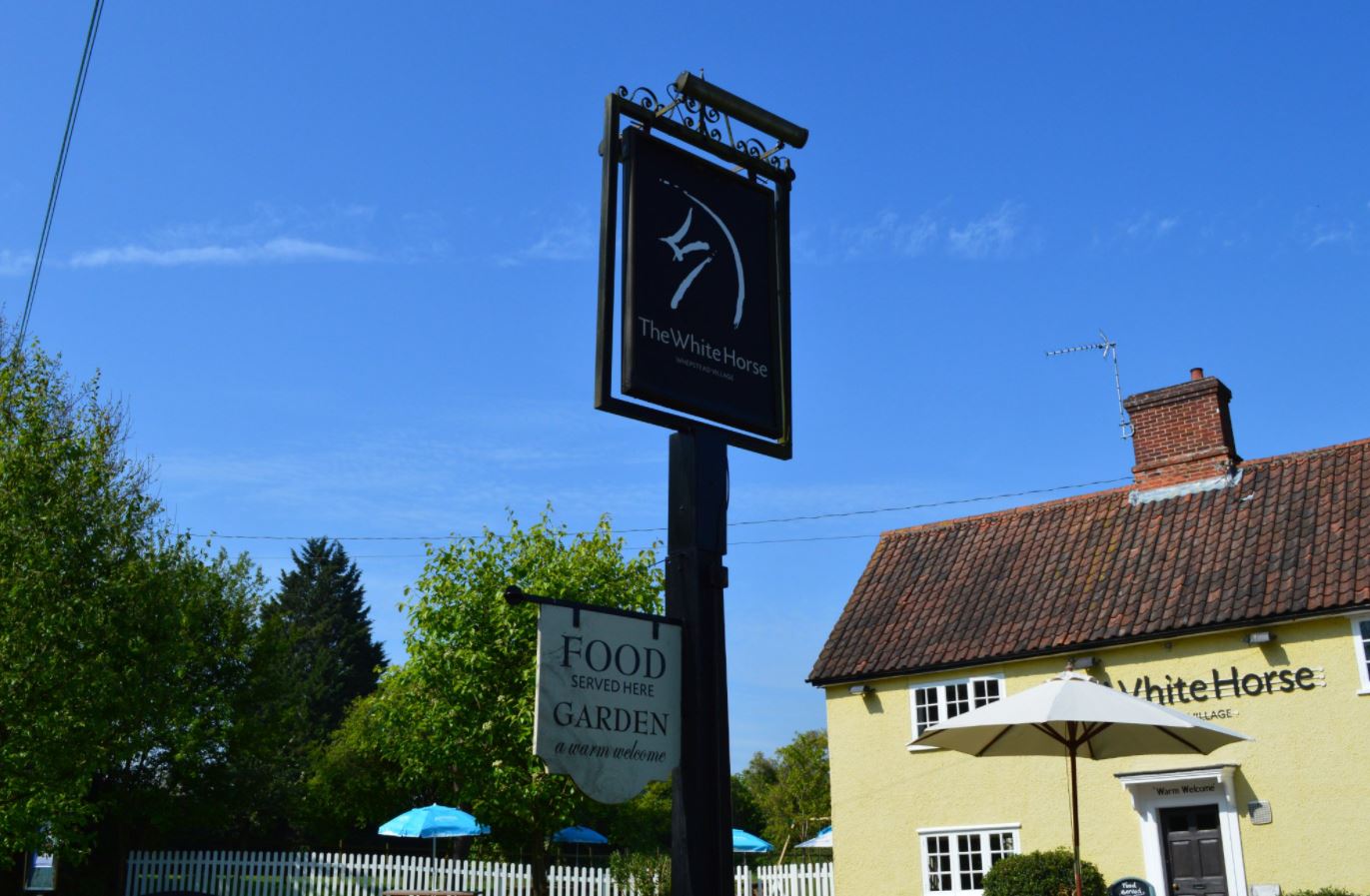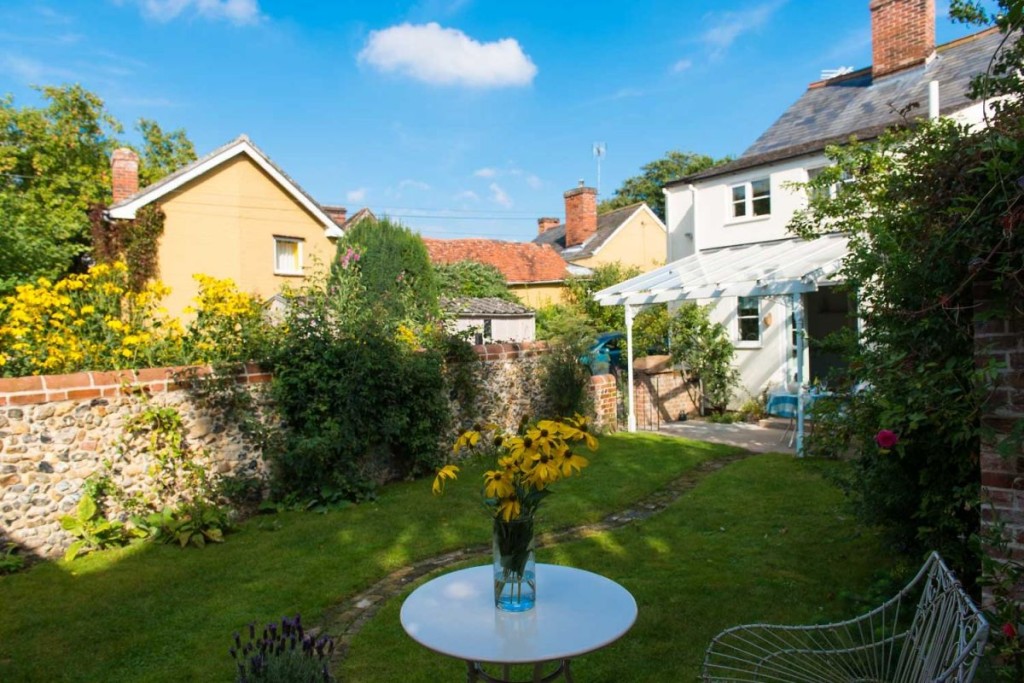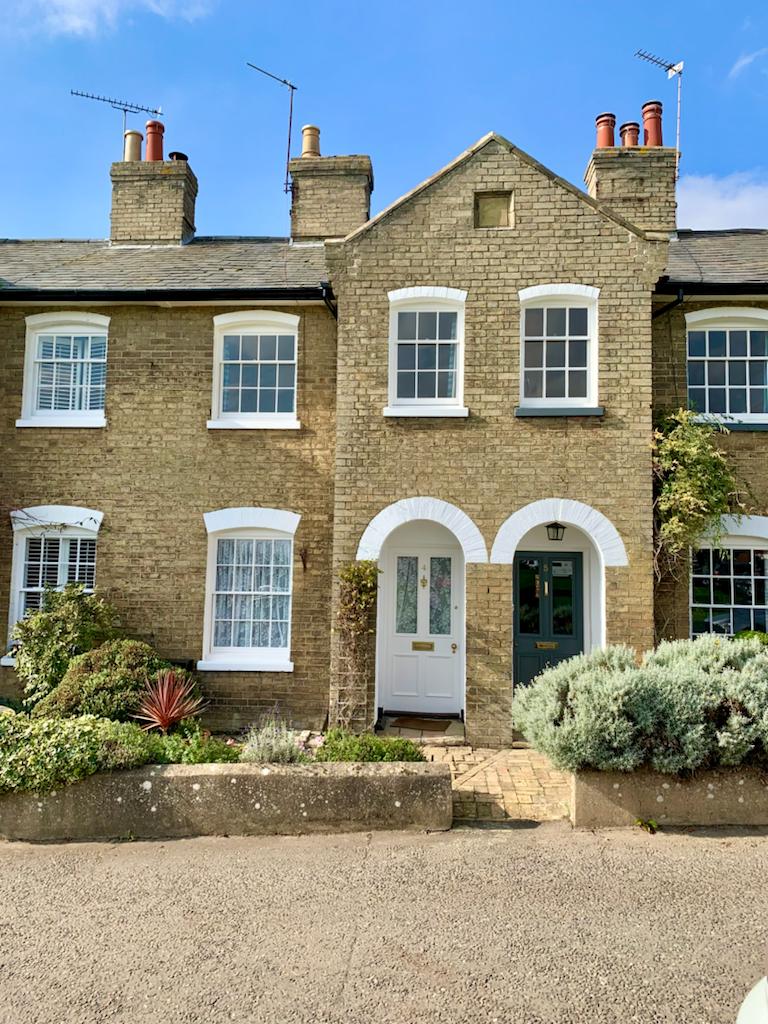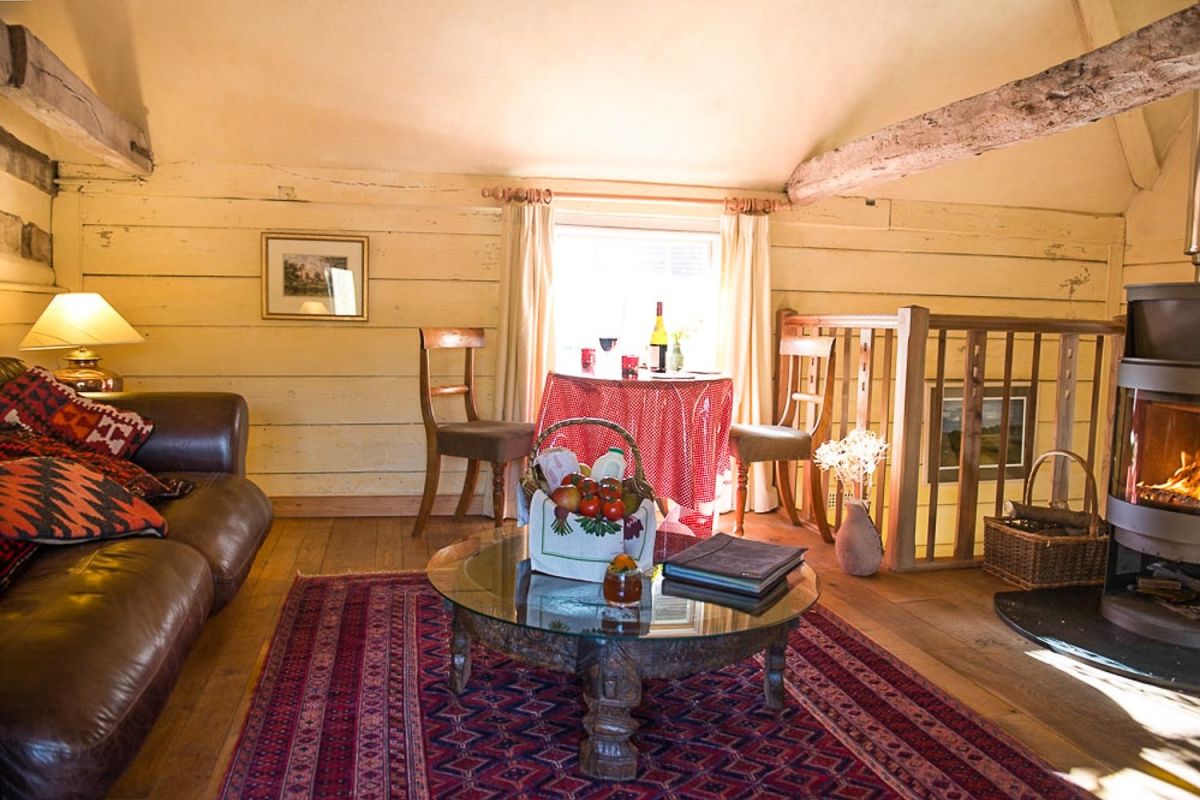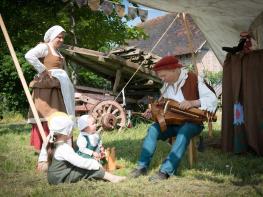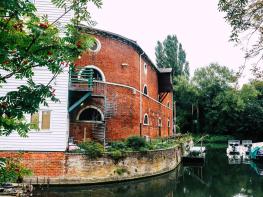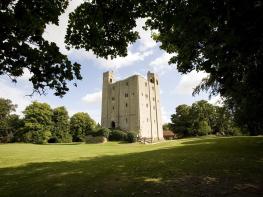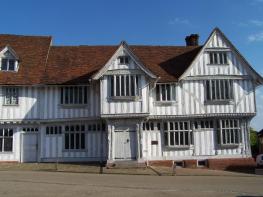Get away for a romantic short break or holiday at 'Romney'. This is a pet-friendly, three…
Cavendish and the Stour Valley

Fine views and the story of a great humanitarian in the Stour valley.
7 miles (11.3kms)
About the walk
The village green at Cavendish, with its pink thatched cottages in the shadow of a medieval church, is one of those scenes that sum up the appeal of this corner of West Suffolk. Just around the corner, in a 16th-century rectory by the duck pond, is the former home of a remarkable 20th-century figure. Sue Ryder, Baroness Ryder of Warsaw (1923-2000) was born into a large landowning family from Yorkshire and spent much of her childhood in Suffolk at their summer estate at Great Thurlow Hall. Her mother Mabel was a tireless campaigner for the rights of the poor and used to take young Sue around the slums of Leeds to teach her about poverty.
Sue Ryder Foundation
As a young woman, Sue Ryder joined the First Aid Nursing Yeomanry and later served in Poland during World War II with the top-secret Special Operations Executive, set up by Winston Churchill to organise resistance behind enemy lines. Her experience profoundly affected her and after the war she began visiting Polish prisoners and survivors of the Nazi concentration camps. In 1952 she established the Sue Ryder Foundation. A year later, using £1,000 of her own savings, she opened the first Sue Ryder home for victims of war in her mother's former house in Cavendish.
In 1959 she married Group Captain Leonard Cheshire, VC, a World War II pilot whose experience of the devastation caused by the atomic bomb at Nagasaki led him to establish his own group of homes for disabled ex-servicemen. They lived together in two simple rooms above the Cavendish home. Sue Ryder was famous for her frugal lifestyle - she never drew a salary and dressed in clothes acquired from her own charity shops. By the time she died in October 2000, the Sue Ryder Foundation had a worldwide network of more than 60 homes for severely ill and disabled people.
This walk follows the Stour Valley Path from Cavendish to Clare, briefly entering Clare Castle Country Park and returning through Essex along the south bank of the river.
Walk directions
Start at Cavendish village green. Walk past the war memorial and turn left to pass the Five Bells pub and the school, then cross the stile by the cemetery to join the Stour Valley Path. Follow this across a meadow and through a hedge, then turn left along a field-edge path that crosses a plank bridge and swings round to the right between fields and hedgerows to meet a road.
Turn left on to the road and walk uphill for about 0.25 mile (400m). After passing a solitary house, turn left on to a path along the edge of a field with sweeping views. The path descends, then bends right and crosses two wooden bridges to emerge by a huge field. Turn right beside a hedge, then left between fields, following the Stour Valley Path waymarks to Houghton Hall. Keep straight ahead and stay on this path as it turns left and then right to drop to Hermitage Farm.
Keep to the Stour Valley Path as it bends left, entering a belt of trees before reaching a lane and passing a playing field on its way to the Clare to Cavendish road.
Cross the road carefully, walk across the bridge and turn left on a narrow path beside a small graveyard, signposted 'Clare Castle Country Park'. Enter the park and keep left, walking beside a stream to reach an old railway bridge. Cross the bridge and immediately take a climbing path to your left to reach a housing estate. Turn right and cross the old bridge over the railway to The Mill House and then cross the footbridge by the old mill.
Walk diagonally left across a field, taking another footbridge over the River Stour to enter the county of Essex. Keep straight ahead across the field. Reaching a road, go left for 200yds (183m) before turning left on a wide bridleway leading back down to the river. At a junction of paths by the river, turn right across the field. The track swings left behind a hedge, eventually passing a poplar grove before entering a muddy section of woodland as it meets the river once again.
When you reach a lane, turn left walking past the half-timbered Bower Hall. Keep on the public bridleway for about 1 mile (1.6km) as it crosses farmland towards Pentlow Hall.
Turn left on to a road and cross the bridge to return to Suffolk. On the far side of the bridge, cross a stile on the left-hand side to walk beside the river. Climb the bank on the right, just after the end of a row of poplars, cross another stile and walk through the gardens to reach the main road in Cavendish.
Additional information
Field paths, bridleways, short stretches of road, 4 stiles
Rolling farmland of Stour Valley
Farmland - dogs on lead
OS Explorers 196 Sudbury, Hadleigh & Dedham Vale;
Cavendish High Street, near The George
At Clare Castle Country Park
WALKING IN SAFETY
Read our tips to look after yourself and the environment when following this walk.
Find out more
Also in the area
About the area
Discover Suffolk
Suffolk is Constable country, where the county’s crumbling, time-ravaged coastline spreads itself under wide skies to convey a wonderful sense of remoteness and solitude. Highly evocative and atmospheric, this is where rivers wind lazily to the sea and notorious 18th-century smugglers hid from the excise men. John Constable immortalised these expansive flatlands in his paintings in the 18th century, and his artwork raises the region’s profile to this day.
Walking is one of Suffolk’s most popular recreational activities. It may be flat but the county has much to discover on foot – not least the isolated Heritage Coast, which can be accessed via the Suffolk Coast Path. Southwold, with its distinctive, white-walled lighthouse standing sentinel above the town and its colourful beach huts and attractive pier features on many a promotional brochure. Much of Suffolk’s coastal heathland is protected as a designated Area of Outstanding Natural Beauty and shelters several rare creatures including the adder, the heath butterfly and the nightjar. In addition to walking, there is a good choice of cycling routes but for something less demanding, visit some of Suffolk’s charming old towns, with streets of handsome, period buildings and picturesque, timber-framed houses.
Nearby stays
Restaurants and Pubs
Nearby experiences
Recommended things to do
Why choose Rated Trips?
Your trusted guide to rated places across the UK
The best coverage
Discover more than 15,000 professionally rated places to stay, eat and visit from across the UK and Ireland.
Quality assured
Choose a place to stay safe in the knowledge that it has been expertly assessed by trained assessors.
Plan your next trip
Search by location or the type of place you're visiting to find your next ideal holiday experience.
Travel inspiration
Read our articles, city guides and recommended things to do for inspiration. We're here to help you explore the UK.

